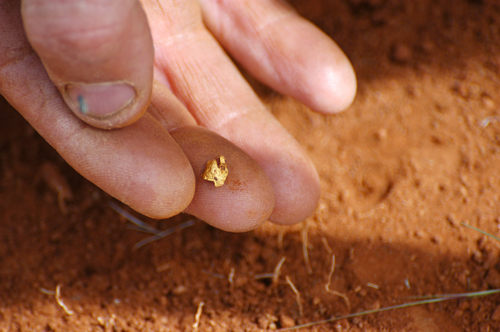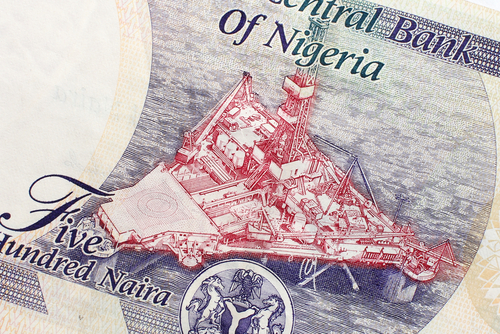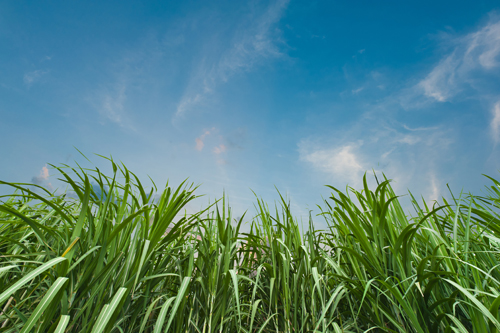
As much of the Western world spent the latter years of the last decade and the first few of this battling the global recession, the economies of Tanzania, Kenya, Rwanda, Uganda and Burundi have flourished. With each country experiencing economic expansion of between five and ten percent during the years during and following the crisis it comes as little surprise that East Africa has since been considered the core of Africa’s growth.
DOWNLOAD
 Allied-Africa-Mining-Oct13-Bro-s.pdf
Allied-Africa-Mining-Oct13-Bro-s.pdf











